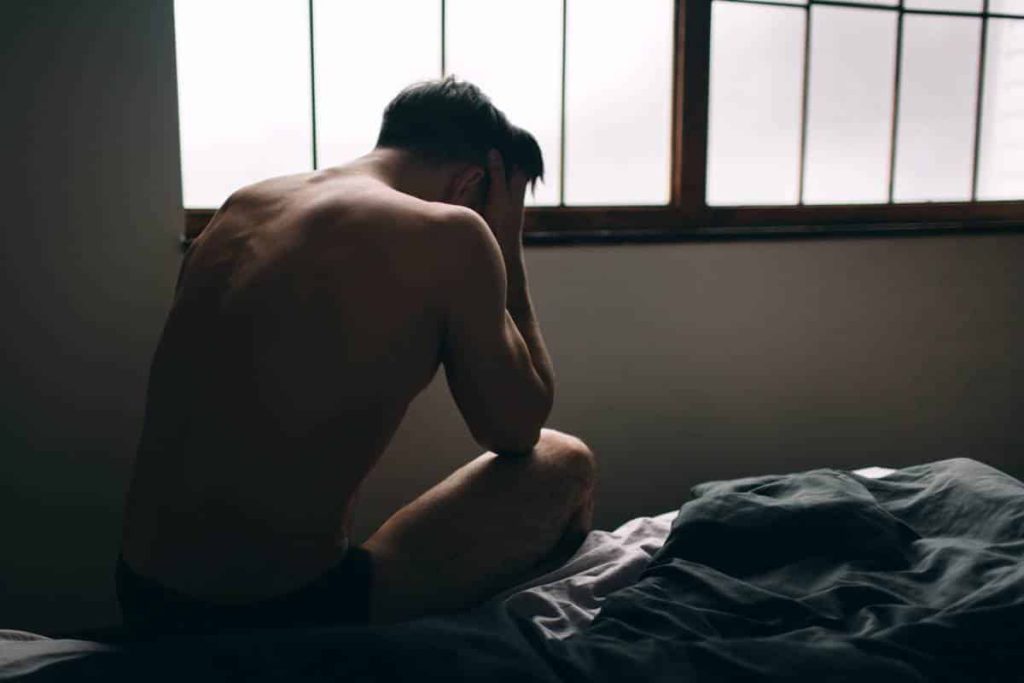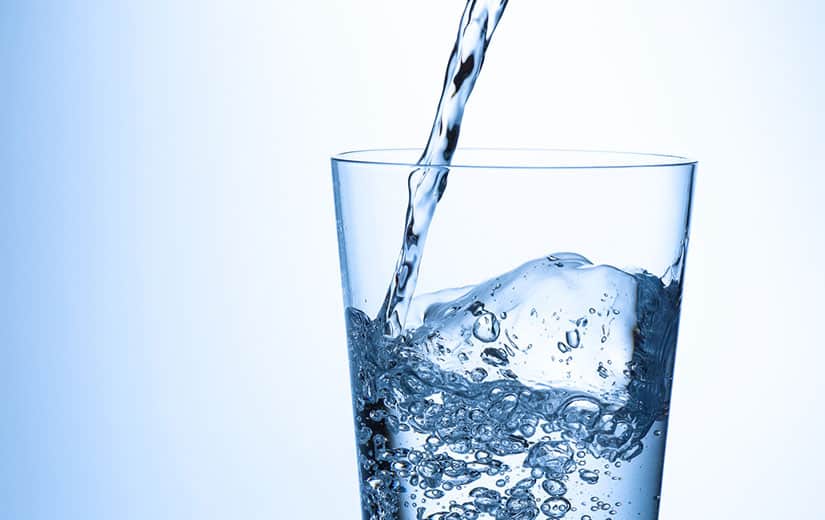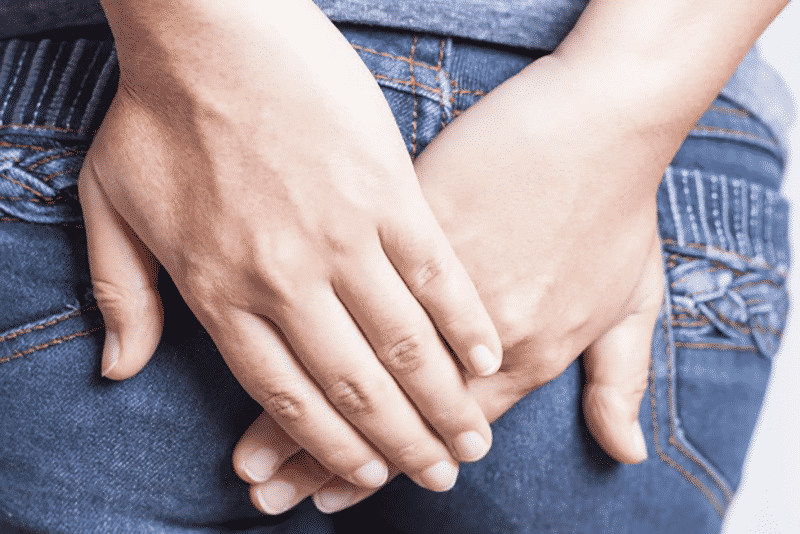The popliteal cyst, also called Baker’s cyst, is a benign pathology that affects the knee. Sometimes asymptomatic, the disease can however be a source of pain. Moreover, in the most serious cases, when the size of the cyst is very large, a surgical act is necessary. However, it is common for the ball to go away on its own. We tell you everything you need to know about the popliteal cyst: definition, causes, symptoms. And follow our advice to speed healing and soothe pain if necessary. Focus on natural solutions to overcome a synovial cyst in the knee!
Summary
Popliteal cyst: What is that ?
The popliteal cyst is a benign disease manifested by the development of a bursa filled with synovial fluid at the level of the hollow of the knee. Depending on its volume (depending on the amount of fluid), the cyst may be accompanied by pain behind the knee or discomfort.
On the other hand, the popliteal cyst concerns both adults and children (between 3 and 10 years old). In young children, it affects both knees simultaneously. On the other hand, in adults, the popliteal cyst is unilateral and it reflects the presence of a joint pathology. Most often, it is seen in people over 50 years old.
The causes
The number one cause of a popliteal cyst is trauma. In the event of a shock to the knee, there may be excessive secretion of synovial fluid. In this case, the knee swells. And the liquid will then tend to feed the purse present in the popliteal fossa.
Then, the popliteal cyst can have other origins:
- inflammation of the knee (psoriatic arthritis, rheumatoid arthritis, etc.);
- an insufficiently muscular quadriceps;
- injury to the meniscus or ligament;
- a tear in the cartilage;
- dysfunction of synovial membranes;
- osteoarthritis.
Symptoms
The first thing that should alert is the presence of a lump in the hollow of the knee. It can be of variable volume, and sometimes reach the size of a tennis ball. The ball is also elastic on palpation.
Depending on its size, the popliteal cyst can be a brake on knee flexion, and represent an embarrassment for walking and squatting. If this is the case, subjects with this disease experience pain related to compression of the triceps surae. On the other hand, burning or tingling in the calf may occur.
Finally, note that most often the popliteal cyst is discovered incidentally. Indeed, it may be small in size and without obvious signs.
To know : a cyst that does not rupture can lead to complications, including venous, arterial or neurological compression. It is therefore necessary to monitor the increase in the volume of the thickness as well as the phenomena of compression.
Natural treatments for popliteal cyst
Generally, the popliteal cyst disappears on its own and no treatment is necessary, except for a very large volume. In this case, a puncture is recommended. First consult your general practitioner who will make the diagnosis. He will then send you back to the surgeon for a puncture or surgery if the cyst is very large or if you resist the current drug treatment.
Nevertheless, to eliminate a popliteal cyst more quickly and soothe the associated pain, there are natural remedies.
Arnica
This natural solution reduces the symptoms. You can take arnica orally (arnica montana 9 CH) or applied locally to the knee.
Green clay
Use a green clay poultice overnight. This will reduce the pain associated with the pathology. Simply coat the back of your knee with green clay. And cover the whole thing with cling film.
Osteopathy
Osteopathy can be a satisfactory answer when you suffer from a popliteal cyst. Indeed, this alternative medicine relieves certain knee conditions responsible for the lump.
Cold
The cold will reduce the swelling due to the popliteal cyst. Place an ice pack on your knee previously covered with a cloth (to prevent burns).
Rest
In case of knee affected by Baker’s cyst, rest. Your knee should be rested as much as possible, for at least a day or two. Also avoid the practice of a sports activity, the time that the cyst is reabsorbed.
A bandage
To reduce swelling from the injury and stabilize your knee, bandage it using a knee brace and sports tape. Tighten enough so that the knee is stable, without cutting off blood circulation.
Raise your leg
Reduce swelling and bring blood back to your heart by raising your leg. At night, to keep your legs elevated, use several pillows. And if that’s not possible, at least try to keep the affected leg parallel to the floor.
Do physio sessions
In case of stiffness in the muscles and joints, it is advisable to consult a physiotherapist. The practitioner will have you do painless flexibility and strengthening exercises.
Practice stretching exercises
Put the foot of the injured leg on a seat about 50 cm high. Bend the knee slightly. Then lean forward and down while keeping your back straight. You should then feel a stretch in the thigh. Hold the position for about 30 seconds. Repeat the stretching exercise three times, twice a day.
Another possibility is to practice a seated stretching exercise. To do this, simply bend your knees once you are seated on a chair or stool. Then, bend and extend your knee as far as possible. This exercise is beneficial for maintaining good knee mobility. Practice the stretch once a day, up to twenty repetitions. If in pain, stop.
Losing weight
In case of obesity, know that it is recommended to lose weight when the popliteal cyst is cured. Indeed, being overweight causes very strong pressure on the knee, which can cause additional damage.
More natural treatments:
- 7 natural treatments for warts
- 7 Natural Acne Treatments
- 7 Natural Psoriasis Treatments
- 7 Natural Lice Treatments
- 3 natural treatments for scabies
- 11 Natural Constipation Treatments
- 9 natural treatments for angina
- 13 Natural Asthma Treatments
- 7 natural treatments for anemia
- 8 natural treatments for anxiety
- 9 treatments for heartburn
- 11 natural treatments for canker sores
- natural treatments for paronychia
- 7 natural treatments for cystitis
- 11 Natural Gout Treatments
- 13 natural treatments for osteoarthritis of the knee
- 7 Natural Sinusitis Treatments
- 6 natural treatments for osteoporosis
- 10 natural treatments for cold sores
- natural treatments for urinary tract infection
- 9 natural treatments to reduce the effects of menopause
- 9 Natural Osteoarthritis Treatments
- 9 natural treatments for tinnitus
- 11 natural treatments for hemorrhoids
- natural treatments for bronchitis
- natural treatments for seborrheic dermatitis
- Helicobacter pylori: natural treatments
- Natural treatments for bloating
- Natural Burn Treatments
- Natural treatments for balanitis
- Natural treatments for conjunctivitis
- Natural treatments for hot flashes
- Natural treatments for hypertension
- Natural Inner Ear Crystal Treatments
- Treatments for hiatal hernia
- Natural treatments for Morton’s neuroma
- Natural treatments for itchy vulva
- Natural treatments for a heel spur
- Natural treatments for plantar fasciitis
- Natural treatments for tendinitis of the shoulder
- natural treatments for rosacea
- Natural treatments for gallbladder stones
- Natural treatments for a fissured meniscus
- Natural treatments for chalazion
- Natural treatments for intestinal worms
- Natural treatments for candida albicans




